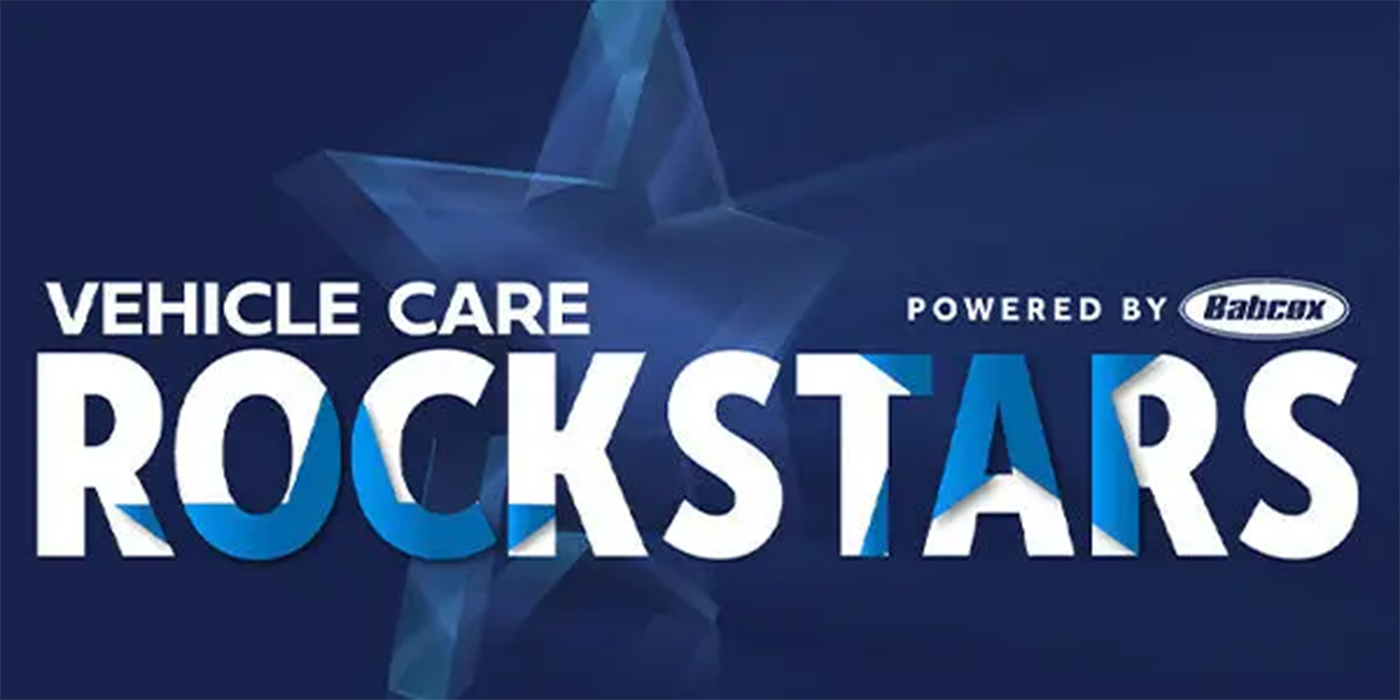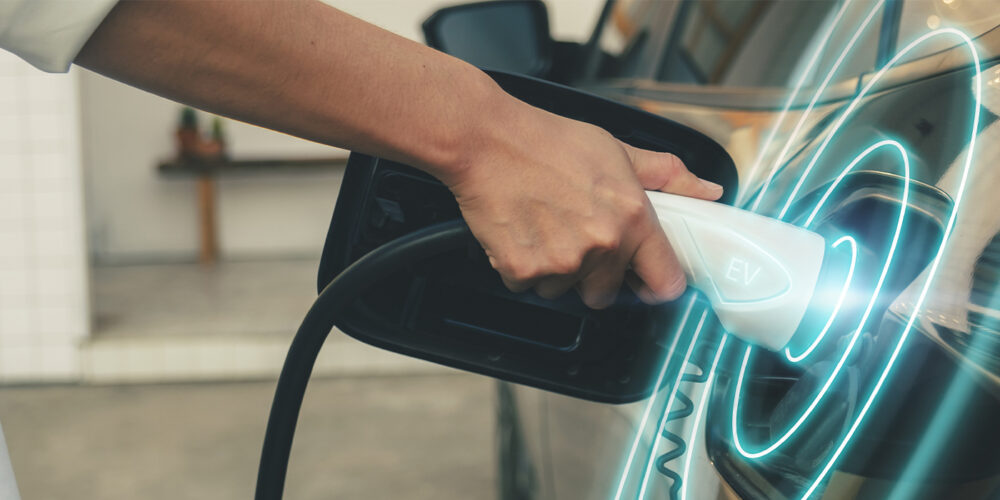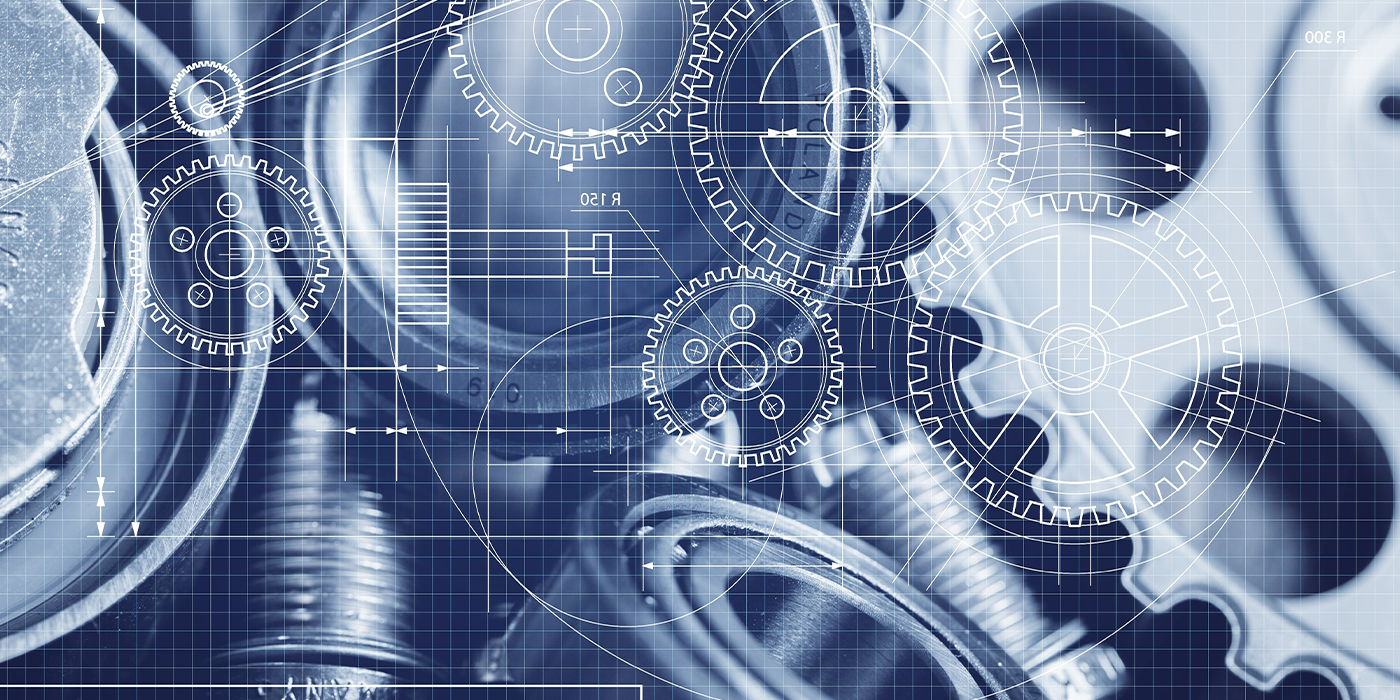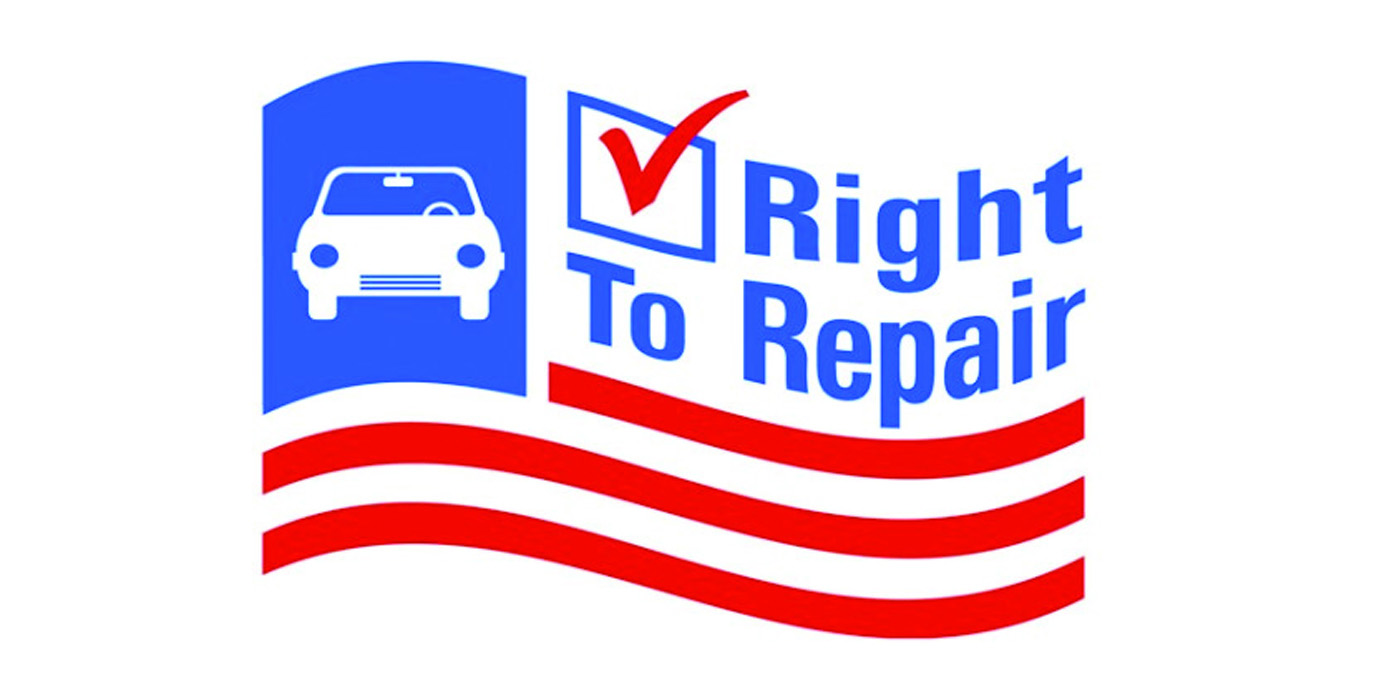I was recently at a big-box electronics store and I saw a variety of OBD-II devices that are designed to track drivers, diagnose check engine lights and even perform remote starting. As a gadget geek, I was drawn into slick packaging and promises of a better life through technology.
There was also another voice inside my head that was enraged that these devices were violating the scared temple of the OBD-II connector that was once the territory of only professionals. But, the 20-year-old “open source” nature of the SAE J-1962 opens the market up for these types of devices, I suppose.
Unfortunately for shops and automakers, these connected devices are turning into big business. According to ABI Research, these OBD-II enabled devices are projected to have a growth rate of 29.5% and will account for 70% of aftermarket infotainment shipments in 2020. Recently, the company Automatic was able to raise $32 million in funding for developing an OBD-II device, apps and backend infrastructure described as a “Fitbit for your car.”
The Reality
Consumers forget that the ODB-II port is filled with some very important connections. It was put there to make sure a vehicle was emissions-complaint and not to track a wayward teen driver. The OBD-II port has 16 pins that interface with expensive computer modules. Some of the pins interact directly with multiple serial data buses.
Let’s not forget that the warranty, product quality levels and consumer expectations are completely different for a $99 device used on late-model vehicles. Recently, devices distributed by some insurance companies have spawned civil lawsuits with complaints ranging from dead batteries to car fires.
GM Takes a Stand
On March 26, GM issued TSB 313-08-116-001B regarding these devices and their effects on 2006 and up GM models. In the bulletin, they identify 19 conditions these devices might cause. Here are just a few of the more troubling conditions:
- Bus or LAN traffic may stay active, leading to a discharged vehicle battery.
- Problems reprogramming modules either because of interference or the device not allowing the bus to power down.
- Various engine and transmission performance issues with “service engine soon” light set.
- Stabilitrak message and codes.
- C0561 stored in the EBCM, leading to a traction control issue.
- No high-speed LAN communication along with various communication U-codes.
- SES, MIL or CEL light set and numerous DTC communication codes such as U0100, U0101, U186B and U1862.
- Erratic electric power steering boost potentially associated with codes U2109, U2107, U2100, B1325, C0000.
- Service Tire Pressure Monitoring (TPM) system light illuminated.
What GM is saying is these devices connect on the LAN and CAN data buses and cause problems for the modules on the network, and that the problems caused by these devices are not covered under the warranty.
Telematics
Telematics has become the new aftermarket boogieman. Dealers got it, and shops want it. The thought of a driver being steered towards a dealer has some shops doubting the future of the independent repair shop. But, I think it’s not as bleak as some make it out to be.
Consider the technology. It takes about 18 months to bring a new feature to a vehicle. The average new car owner will keep a car for eight years, according to a recent survey by Experian Automotive. By the end of the ownership cycle, they have a piece of connected technology that is almost a decade old. In a society where everybody gets a new cell phone almost every two years, OE telematic systems (even with updates) will become ancient.
This is why I am holding out some hope for these OBD-II devices. In the future, these devices could connect your shop to a loyal customer. But, the digital infrastructure has yet to be built.













